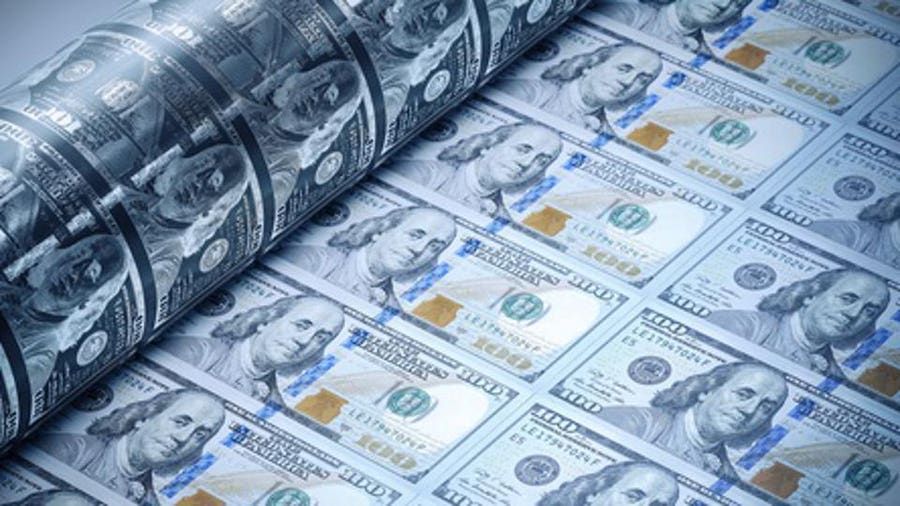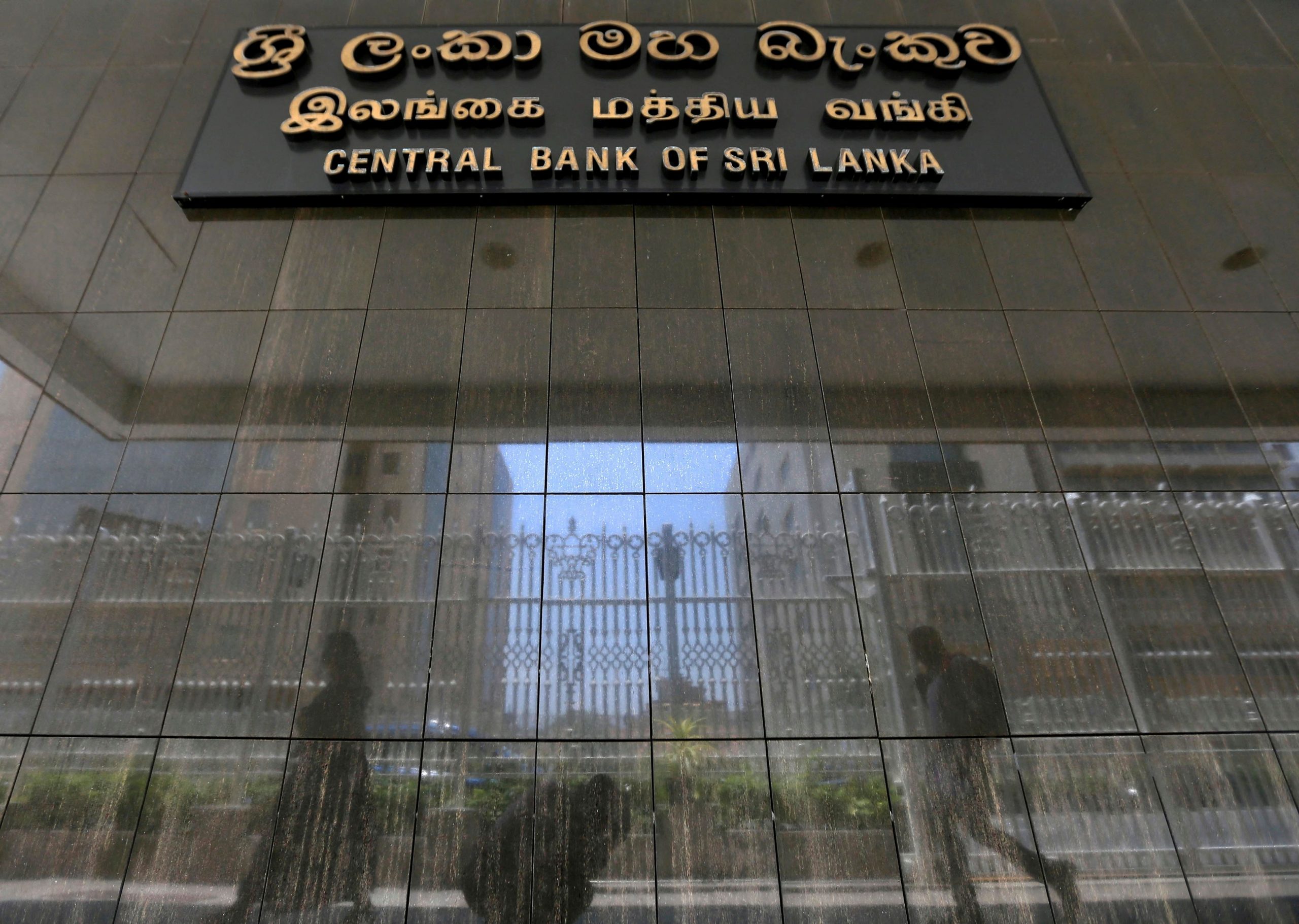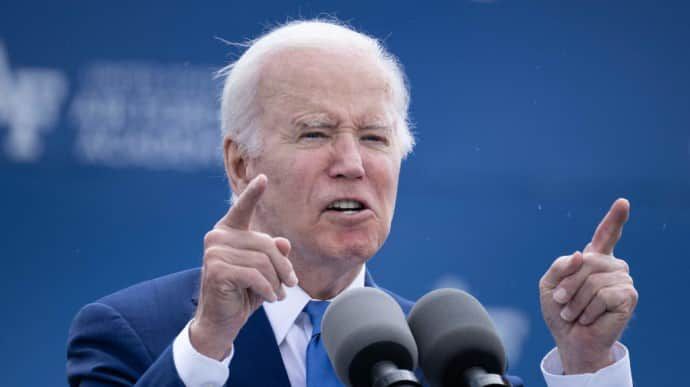Introduction
There has been a surge in the amount of money flowing into money market funds, driven by higher interest rates and investors seeking greater cash returns. With over $5 trillion invested in these funds, it is expected that this cash will eventually make its way back into the stock market, boosting asset prices as risks subside and investor confidence improves. However, according to Ned Davis Research (NDR), there are compelling reasons why the cash might stay in money market funds for a longer period than anticipated. This article delves into NDR’s analysis and examines the potential implications of sustained inflows into money market funds.
Unprecedented Inflows and Investor Sentiment
Money market funds have experienced a rapid increase in asset inflows over the past 13 weeks, similar to the surge witnessed in July 2020. This has been influenced, in part, by the regional banking crisis affecting Silicon Valley Bank and First Republic Bank. The substantial influx of cash reflects investors’ extreme pessimism towards riskier assets and presents potential buying power when risk aversion subsides. Historically, such inflows into money market funds have been followed by a return to the stock market as investor sentiment improves.
Differentiating Factors: Macro Environment vs. High Interest Rates
Unlike previous instances where investors shifted funds from stocks to money market funds during uncertain macro environments, the current situation has unique factors. Investors are now allocating cash to money market funds primarily to take advantage of interest rates surpassing 4%, rather than seeking refuge due to an uncertain economic outlook.

NDR’s Analysis and the Impact on the Stock Market
NDR emphasizes that even if the cash eventually returns to the stock market, its impact may not be as significant as some investors expect. Currently, money market assets represent a mere 13% of the US stock market capitalization, which is significantly lower compared to previous multi-year stock market rallies. In previous periods, such as February 2009 and February 2003, money market assets accounted for 46.9% and 24.0% of the US stock market capitalization, respectively. With money market assets now exceeding $5.3 trillion, their size may not exert the same level of influence on stock market dynamics as observed in the past.
Conclusion
The surge in money market fund inflows over the past year has primarily been driven by investors aiming to capitalize on high cash yields. While historical trends indicate that such inflows are typically followed by a return to the stock market as investor sentiment improves, NDR suggests that this time could be different. The motivation behind allocating cash to money market funds is primarily the attractive interest rates available, rather than seeking shelter from an uncertain macro environment. Even if the cash eventually flows back into the stock market, the relatively smaller proportion of money market assets compared to the stock market’s capitalization suggests that the impact may not be as significant as in previous periods. As investors navigate the ever-changing market landscape, the future direction of cash held in money market funds and its potential influence on the stock market remains uncertain.
©traders-news.online










